What's the Best Skid Plate for Your UTV: Steel or Aluminum?

If you put your side-by-side through any kind of technical or rough terrain, chances are you should be running skid plates. Should you want to go with metal as your material of choice, your options are aluminum or steel. Both have their merits, but which is better? In this skid plate deep-dive we will explore factors like strength, weight, corrosion resistance, maintenance, cost, and specific use cases.
1. Strength and Durability
Aluminum
Material Properties: Aluminum is softer than steel, meaning it can absorb impacts without cracking, but it is more prone to denting and bending when hitting sharp rocks or heavy objects.
Use Case: If you're navigating through moderately rough terrain with mud, sand, or forest trails, aluminum skid plates provide enough protection. They can handle everyday debris like sticks, logs, and moderate rocks without sustaining significant damage.
Edge Case: In extremely harsh environments with sharp rocks and significant drop-offs, aluminum might deform under heavy pressure. Repeated heavy impacts could lead to reduced structural integrity over time. This is most worrisome for ultra-heavy machines, so be sure to think this through if you tend to ride as a loaded-down overlander or the likes.
Steel
Material Properties: Steel is much stronger and more resistant to deformation than aluminum. Its ability to withstand greater impacts without cracking or bending makes it the go-to option for highly rugged terrain.
Use Case: Steel skid plates are ideal for rocky, extreme terrains where heavy impacts are likely. They provide superior protection against punctures, gouging, and heavy blows from obstacles like boulders or jagged rocks.
Edge Case: While steel is incredibly durable, repeated high-force impacts can lead to warping over time. Additionally, steel is less flexible than aluminum, making it more prone to cracking under very high stresses. Steel also tends to rust, which isn’t ideal in any situation.
2. Weight
Aluminum
Weight Advantage: Aluminum is about 2.5 times lighter than steel. This significant weight reduction can greatly benefit your UTV's handling, speed, fuel efficiency, and overall performance.
Performance Benefits: Lower weight means less strain on your UTV’s suspension and drivetrain, making it easier to maintain speed and control in both open areas and tight, technical trails. The lighter weight also helps reduce fuel consumption, especially over long rides or in competitive situations.
Trade-off: The lighter weight also means less material mass to absorb impacts, potentially leading to damage from higher-energy collisions.
Steel
Weight Disadvantage: Steel is much heavier than aluminum, which can increase the overall weight of your UTV. This added weight can affect performance, handling, and even ride comfort, especially in high-speed off-road situations.
Impact on Performance: Heavier weight can slow down acceleration and make steering more sluggish, which can be a problem if you enjoy high-speed runs or need nimble handling in tight trails. The added weight also puts more strain on the engine, suspension, and brakes, leading to faster wear and tear on these components.
Trade-off: The additional weight provides a sturdier base and is more suited for harsh conditions where durability is paramount.
3. Corrosion Resistance
Aluminum
Corrosion Resistance Advantage: Aluminum is naturally resistant to corrosion, making it an excellent choice for UTV owners who ride in wet, muddy, or coastal areas where moisture is prevalent. Even if the surface coating wears away, the underlying material will resist rust.
No Rust Concerns: You won’t need to worry about aluminum skid plates rusting over time, making them lower-maintenance in terms of longevity.
Steel
Corrosion Risk: Steel, by nature, is prone to rust when exposed to moisture and oxygen over time, especially in wet conditions or humid environments. However, most steel skid plates come with powder coatings or other protective finishes to help resist corrosion.
Maintenance Needs: Even with protective coatings, once steel skid plates get scratched, chipped, or exposed to bare metal (common during off-roading), they will require regular maintenance to prevent rust from forming. Periodic cleaning, recoating, or applying rust inhibitors is necessary for long-term use in wet conditions.
4. Maintenance and Longevity
Aluminum
Low Maintenance: Thanks to its corrosion resistance, aluminum skid plates are typically lower maintenance. They can withstand harsh environments without requiring frequent cleaning or repairs.
Repairability: Aluminum is easier to repair than steel in certain situations (e.g., small dents can sometimes be hammered out), but significant structural damage may require replacement, as aluminum weakens if bent too much.
Lifespan: Aluminum can last a long time, provided it’s not subjected to constant heavy impacts. For recreational riders, it offers excellent longevity without requiring significant maintenance efforts.
Steel
Higher Maintenance: Steel skid plates require more attention, particularly if you frequently encounter scratches, gouges, or exposed metal. While coatings help, you may need to repaint or treat the skid plate after every few rides in harsh conditions.
Repairability: Steel is tougher to bend or damage, but if it does warp or crack, repair might involve welding or more extensive work compared to aluminum.
Lifespan: With proper care, steel skid plates can outlast aluminum in harsh environments. However, neglecting maintenance can lead to rust, which reduces lifespan and structural integrity over time.
5. Cost
Aluminum
Initial Cost: Aluminum skid plates are generally more expensive due to the material costs and the added manufacturing processes. However, the price difference may be worth it if you value weight savings and lower maintenance costs.
Long-term Value: For casual riders or those who ride in less extreme conditions, aluminum can offer better long-term value, as it requires less maintenance and resists corrosion.
Steel
Initial Cost: Steel skid plates are typically cheaper upfront compared to aluminum. If you’re looking for an affordable, durable solution for heavy off-roading, steel is often the go-to choice.
Long-term Value: While steel skid plates are cheaper upfront, long-term costs may increase due to maintenance, potential rust issues, and heavier wear on your UTV from the added weight.
6. Specific Use Cases
Aluminum Skid Plates
Best for UTV owners who prioritize a lighter vehicle for better handling and performance.
Suitable for riders who frequent moderate trails, muddy or sandy terrains, and don't expect to encounter extremely rocky environments.
Ideal for those who ride in areas prone to moisture or saltwater exposure, where corrosion is a concern.
Great for recreational use, light off-roading, and less aggressive riding styles.
Steel Skid Plates
Best for extreme off-roaders who tackle rocky, mountainous, or desert terrains where heavy impacts are expected.
Suitable for riders who prioritize maximum protection and are willing to accept added weight for superior durability.
Ideal for competitive or highly technical off-roading, where the risk of damage from rocks or other obstacles is high.
Great for UTV owners who prioritize durability and strength over weight savings.
If you prioritize lightweight, corrosion resistance, and moderate terrain performance, aluminum skid plates are the better option. They are perfect for recreational riding and environments where moisture is present. For places like the desert or southeast, aluminum is the way to go.
However, if you need maximum protection, strength, and are riding in extreme, rocky conditions, steel skid plates are more appropriate, even though they add weight and require more maintenance. Rock crawlers or those who frequently encounter obstacles on the trail, steel is a better choice.

Ross hosts The Off the Road Again Podcast. He has been in the off-road world since he was a kid riding in the back of his dad’s YJ Wrangler. He works in marketing by day and in his free time contributes to Hooniverse, AutoGuide, and ATV.com, and in the past has contributed to UTV Driver, ATV Rider, and Everyday Driver. Ross drives a 2018 Lexus GX460 that is an ongoing build project featured on multiple websites and the podcast and spends his free time working on and riding ATVs.
More by Ross Ballot













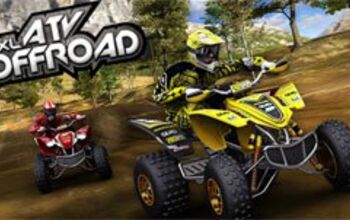


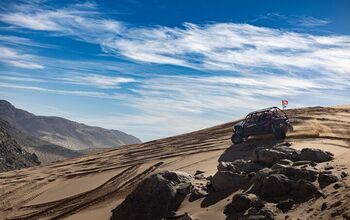




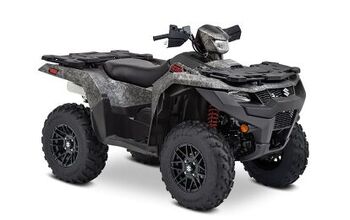

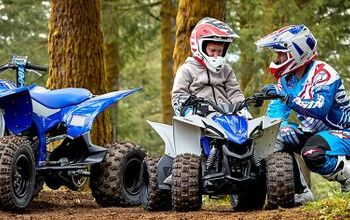
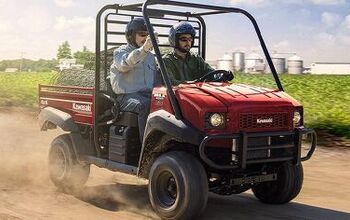
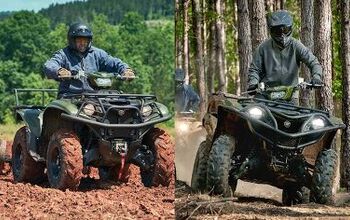
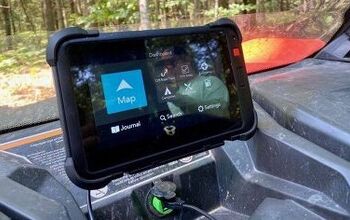
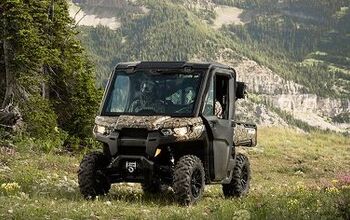
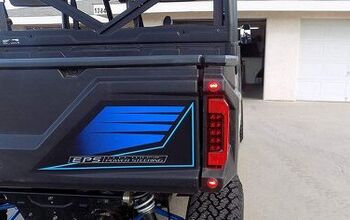

Comments
Join the conversation